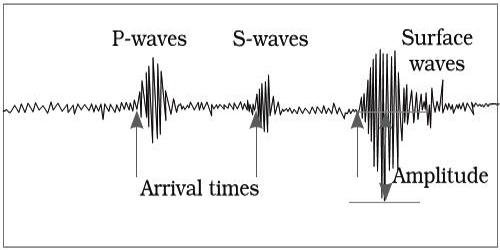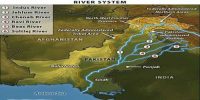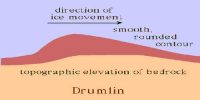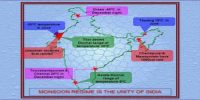Propagation of Earthquake Waves
The earthquake waves change the rock mass all the way through which they travel. Propagation of earthquake waves is not related. Diverse types of earthquake waves travel in dissimilar manners. As they move or propagate, they reason vibration in the body of the rocks through which they pass. P-waves vibrate parallel to the course of the wave. This exerts pressure on the material in the course of the propagation. P waves exert pressure on the material in the direction of the propagation. Therefore, it creates mass differences in the material. Other waves vibrate perpendicular to the way of the propagation.

As a result, it creates density differences in the material leading to stretching and squeezing of the material. Other three waves vibrate perpendicular to the way of propagation. The direction of vibrations of S-waves is perpendicular to the wave direction to the vertical plane. The direction of vibration of S wave is perpendicular to the wave direction in the vertical plane. They create troughs and crests in the material through which they pass. The surface waves or L-waves are the most risky waves and vibrate in perpendicular direction to the exterior in horizontal plane. This causes displacements of the rock mass and fall down of structures
Hence, they create troughs and crests in the substance through which they pass. Surface waves are measured to be the most destructive waves.















